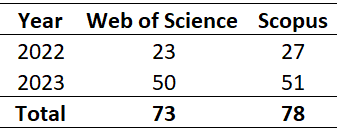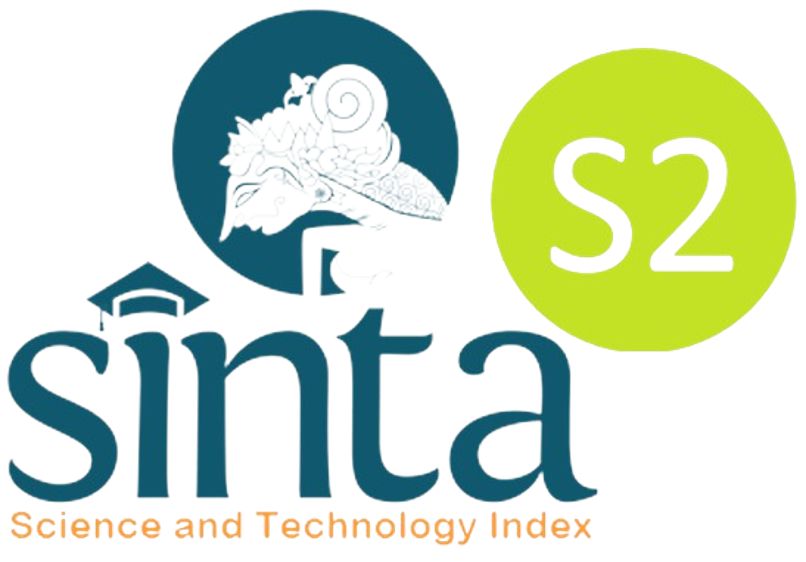Industrial and Domestic Waste Management (IDWM)
Open Access (OA) JournalIndustrial and Domestic Waste Management (e-ISSN: 2809-4255) is an international, scientific, peer-reviewed, open access journal on theoretical and applied sciences related to industrial and domestic waste management, covering sustainability, technologies, and environmental practices, published biannually online (June and December) by Tecno Scientifica and supported by Society of Tropical Science and Technology. Open Access — free for readers. High Visibility: indexed within Sinta 2 (Accreditation Letter from Ministry of Education, Culture, Research and, Technology Indonesia: SK No. 177/E/KPT/2024) CrossRef, Google Scholar, Scilit and many other databases. Rapid Publication: manuscripts are peer-reviewed and a first decision is provided to authors approximately 3 weeks after submission. About IDWM journal | All volumes & issues













